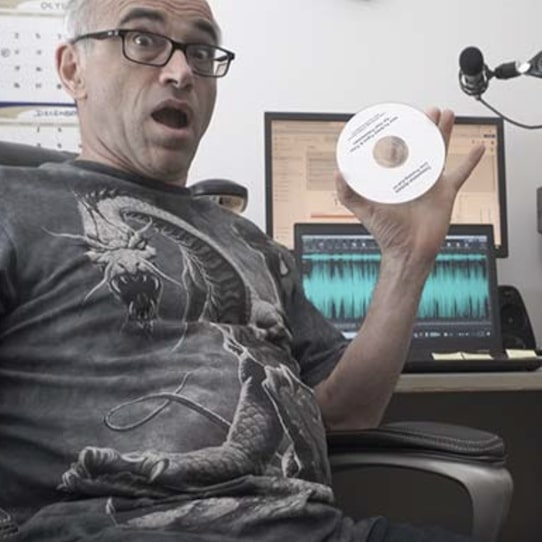Science of Client-Getting founder Daniel Levis reminds us that with email, unlike social media, Zuck can’t come in and change the rules. When people opt in to your email list, guess what, you’re the publisher. You call the shots. And your subscribers—especially those who buy something from you—are your number one business asset. And the ones who haven’t bought yet? Are about four and a half times more likely to pull the trigger in the future, as compared to people not on your list.
Your primary goal, therefore, should be to collect as many email addresses as you possibly can. And don’t think it doesn’t apply to your business, Daniel warns. Doesn’t matter what you do. Coaching, consulting, ecom, done-for-you services, or whatever else. The money. is in. the list. So if you’re not yet building one, or maybe you’ve got a squeeze page lying around somewhere but you’re not driving traffic to it, this is Daniel scream-whispering, “Stop everything else! This needs to be job one!”
Once you’re doing that, you can send follow-ups to build rapport and get feedback. They’ll tell you what they wanna buy. You can tailor your offer accordingly or create a new one, entirely, to satisfy this demand. “Nothing is more paramount to your success,” Daniel explains, “than getting people who know, like and trust you to tell you their problems and describe the solution they’re seeking. And nurturing your email list is the best and most cost-effective way to achieve this. So again, start immediately.”
Daniel’s tips? First, just get experience. Even if you’ve only got 75 subscribers, so what. Send them an email, watch a sale roll in. Understand: when you 10x your list size and send better emails, that could easily turn into 15 or 20 sales. Now it gets exciting, doesn’t it? Second, spend some time coming up with the perfect giveaway to entice people to opt in. Is it a cheatsheet or a free report? Maybe a video case study? Nobody wants to sign up for another newsletter. They want instant gratification. So give it to ’em.

Third, be willing to put in the time (or spend the money, on a copywriter) to create emails that are actually worth a damn. Because there’s nothing else you can do that’ll give you a greater return on your investment. And once your emails are tip-top, there’s really no limit to how many you can send or how often. In fact, Daniel would argue, he or she who has engaging, entertaining, helpful emails—but, for whatever reason, decides not to send ’em out daily? Is leaving serious money on the table.
What about unsubscribes? Or low open rates? Or click-throughs? Should you worry about ’em? Nah, Daniel says. Dollars per email is all that matters. Oftentimes, the emails that have the worst metrics are the ones that end up bringing in the big bucks. And don’t be scared to sell. That’s the whole point, right? Daniel tries to sell in nearly every email he sends out. If not, at the very least, he’s asking ’em to go do something. Click, watch a webinar, book a call, forward the email to a friend, something.
But you still have to find some middle ground. Don’t be the Here’s 3 tips for this and 5 strategies for that guy, fearful you might upset someone if you ask for money. On the other hand, you have to sell with some grace. If you’re just spamming out blatant pitches, yeah, you’re gonna burn your list out. Which goes back to what he was saying earlier: just make great emails. Include stories and humor and lessons and leave ’em with a smile or an insight they can take with ’em. Awesome stuff; and yet I’m still over emails.

